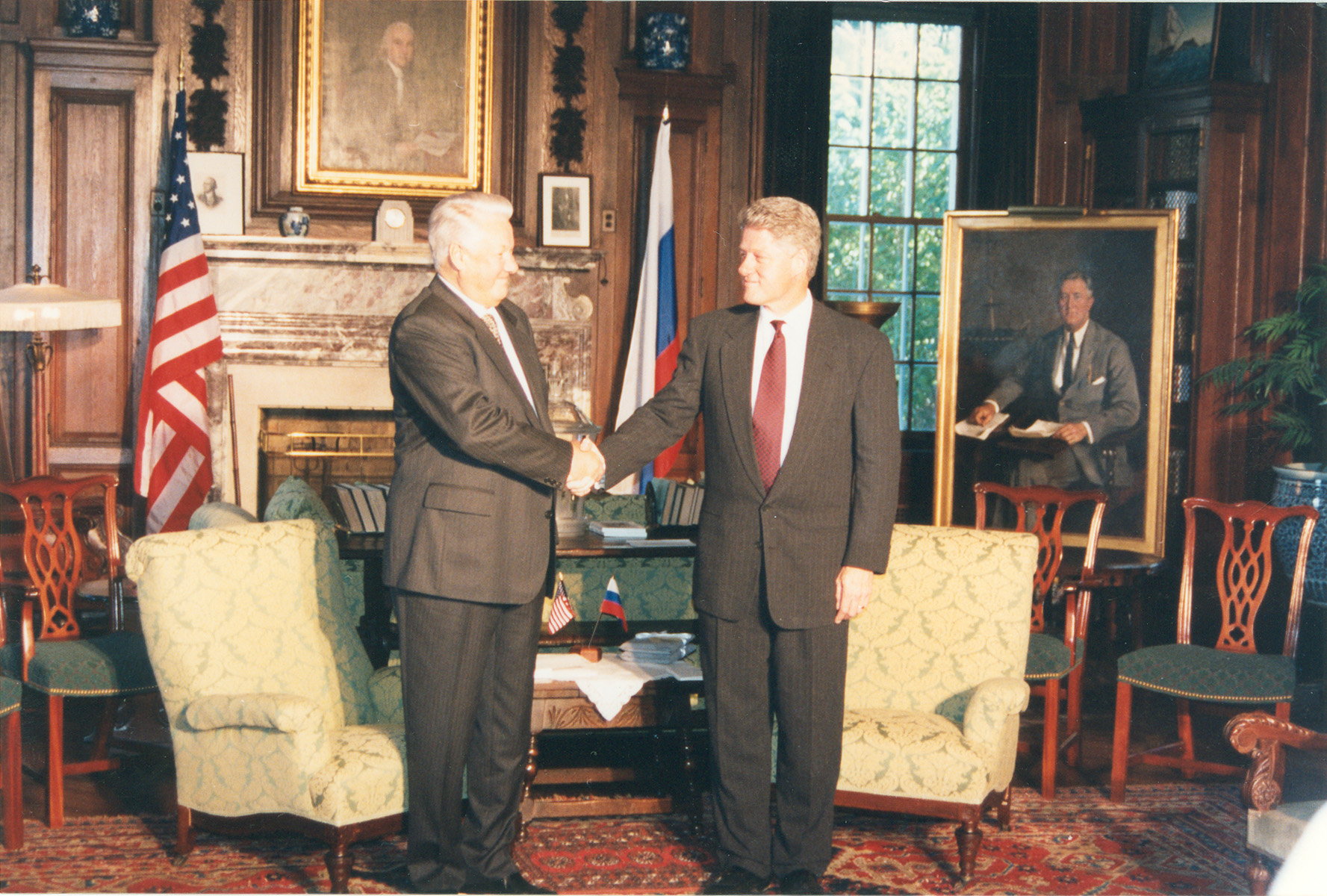Tuesday will be the 20th anniversary of the announcements made by U.S. and Russian Presidents Clinton and Yeltsin that the two countries agreed to detarget their nuclear weapons so that none would be aimed at the other nation. This was the same day as the Trilateral agreement between the United States, Russia and Ukraine in which Ukraine committed to transfer to Russia for dismantlement all of the Soviet nuclear warheads that it inherited. This was the world’s third largest stockpile of strategic nuclear warheads after Russia and the United States. Ukraine has since become a model for nuclear disarmament after it joined the NPT as a non-nuclear weapon state in 1994, became nuclear weapon free in 1996, and removed all of its highly enriched uranium by 2012 (see NTI’s newly released Nuclear Security Index for more information on other countries with nuclear materials).
Ukraine’s transition away from nuclear weapons and fissile materials is a success story for global disarmament and non-proliferation regimes. We need to be reducing the risk of accident or theft by securing nuclear materials and reducing the number of nuclear weapons. With the world’s largest nuclear stockpiles, the U.S. and Russian agreement to detarget 20 years ago came in the middle of massive reductions in their arsenals, but the rate of reduction has since slowed and distrust in recent years deteriorated.
In 2009, the Obama Administration hit the “reset” button with Russian President Medvedev and his government as a way to repair relations that were strained under previous administrations. And as a follow up to 1991’s Strategic Arms Reduction Treaty (START I) which expired on December 5, 2009, Presidents Obama and Medvedev signed the New START Treaty in 2010, limiting the number of both countries’ deployed strategic warheads to 1550 (⅔ lower than START I numbers).
There were high expectations of the 2009 “reset”, but it has been challenged throughout Barack Obama’s presidency as bilateral relations have been strained on issues such as human rights, Afghanistan, the Arab Spring, Syria and Edward Snowden. His administration has been very clear that it is interested in pursuing another round of disarmament talks with Russia culminating in a new treaty. In a speech made in Berlin in June 2013, he pledged to reduce the US and Russian arsenals by up to a third below New START numbers. This would be a good year to start this bilateral dialogue, but many skeptics are not optimistic as President Obama’s relationship with President Putin is poor and his domestic situation very challenging.
The positive ambitions for progress on the disarmament agenda and in the bilateral relationship in 2014 lie elsewhere for the time being. Russia and the United States are on the same side of the negotiating table in talks with Iran that culminated in Iran’s agreement to freeze the development of its nuclear program for six months in exchange for very limited sanctions relief. If the interim deal can be translated into a more long-term settlement this may open possibilities for a U.S. reassessment of the need for missile defense, and a warmer bilateral relationship.

